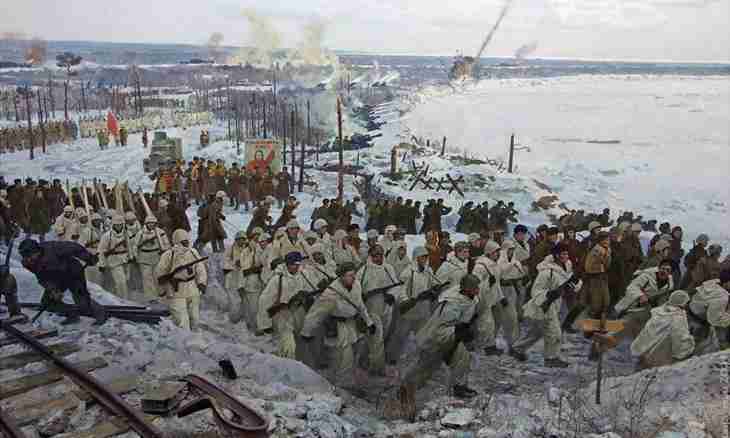The Siege of Leningrad forever left a print in life of millions of Soviet people. And it concerns not only those who were in the city at this time, but also those, delivered provisions, protected Leningrad from aggressors and just participated in city life.
The Siege of Leningrad lasted exactly 871 days. It became history not only because of duration, but also because of quantity of lives of civilians which claimed. It was connected with the fact that it was almost impossible to get to the city, and delivery of provisions was almost suspended. People perished from hunger. In winter time frosts were one more problem. There was nothing to be heated also. At that time many people died also for this reason.
The official beginning of the Siege of Leningrad day on September 8, 1941 when the city appeared in a ring of the German army is considered. But special panic at this moment was not observed. Still there were some stocks of food in the city.
From the very beginning in Leningrad cards were given for receiving food, schools were closed, any actions causing decadent moods including distribution of leaflets and mass gatherings of people were banned. Life in the city was impossible. If to address the card of the Siege of Leningrad, then it is possible to see on it that the city was completely surrounded, and there was only free a space from Lake Ladoga.
Road of Life and Victory in besieged Leningrad
Such name was received by the only ways on the lake connecting the city to the land. In winter time they lay on ice, during the summer period provisions were delivered on water by barges. At the same time these roads were constantly fired by enemy aircraft. The people who passed or floated on them became real heroes at civilians. These Road of Life helped not only to deliver livelihood and stocks to the city, but also to evacuate constantly a part of inhabitants from an environment. The value of Roads of Life and the Victory for besieged Leningrad cannot be overestimated.
Break and lifting the siege of Leningrad
The German troops daily shot at the city with artillery pieces. But defense of Leningrad gradually amplified. More than one hundred strengthened knots of defense were created, dug through thousands of kilometers of trenches and so on. It allowed to reduce significantly the number of the dead among soldiers. And also provided a possibility of a regrouping of the Soviet troops which are on protection of the city.
Having saved up enough force and having tightened reserves, the Red Army took on January 12, 1943 the offensive. 67 Army of the Leningrad front and the 2nd shock Army of the Volkhov front began to break through a ring around the city, moving towards each other. And already on January 18 they united. It allowed to reestablish communication between the city and the country by land. However these armies did not manage to develop the success, and they began to defend the won space. It allowed to evacuate during 1943 to the back more than 800 thousand people. This break received the name – the military operation "Spark".
Full lifting the siege of Leningrad took place only on January 27, 1944. It was Krasnoselsko's part – Ropshinsky operation thanks to which the German troops were rejected from the city on 50-80 km. This day in Leningrad there took place the festive salute in commemoration of final lifting the siege.
Upon termination of the war in Leningrad the set of the museums devoted to this event was created. The Museum of Road of Life and the Museum of Break of the Siege of Leningrad became one of them.
The Siege of Leningrad claimed the lives about 2 million people. This event forever will remain in memory of people that similar never repeated.

